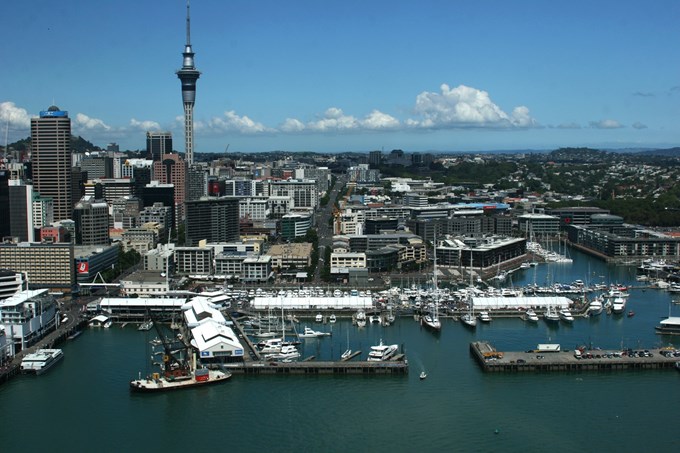Water quality testing in Auckland’s Waitemata Harbour during the New Zealand International Convention Centre fire helped understand the nature of water entering the stormwater system.
While having elevated levels of contaminants, expected to be present from burning building materials, the water was sufficiently diluted by the time it reached the waterfront to cause no long-term impact on marine life or water quality.
Overall an estimated 27 million litres of water were used to fight the burning building over the five days with an estimated 15-20 million litres entering the harbour. Of that approximately 8 million litres were collected in the basement, 1.8 million litres went to the harbour over a 20-hr period. Following testing, it was decided the residual wastewater could be pumped into the wastewater network, to be taken away to Māngere Wastewater Treatment Plant for the normal treatment process.
“Our focus is to prevent contaminants from entering the harbour, but during an emergency event like last week, it is not always possible. In this instance, water entering the harbour is unlikely to have had any major effect on water quality or marine ecosystems. During the event there may have been some ecological effect, but this will have been short term and localised,” says Dr Coral Grant, Auckland Council’s Principal Freshwater Scientist.
“To confirm our understanding of the potential scale of the effects on the ecological health of the harbour during the event, ecotoxicity testing was undertaken by NIWA, using both water samples from the site and from the stormwater outlet.
“As expected, during the firefighting event the water samples from the fire site were moderately harmful. However, given the substantial dilution of the water once it entered the harbour, there would have been minimal impact to marine life beyond the initial mixing zone of 10 to 100 metres from the stormwater outlet and no long term effects.
“While there is potential for some contaminants to bind to sediments and be ingested by filter-feeding shellfish, it is unlikely to be an issue as the Viaduct Harbour basin and port already have a degree of contamination.”
Any long-term effects would likely be confined to the sediments in the immediate vicinity of the discharge points says Nick Vigar, Safeswim Programme Manager.
“The greatest potential impact from the contaminants released to the harbour are upon seabed sediments close to the point of discharge around Viaduct Basin Harbour. Some dredging of this sediment will begin within the next two weeks, as part of the new Americas’ Cup facility. All this sediment will be turned into ‘mudcrete’ to immobilise any contaminants and sent to landfill. None of these sediments will be disposed of in the marine environment.”
Auckland Council has a regular monitoring programme to understand the health of the harbour.


